Tai Chi, an ancient Chinese practice, has traversed centuries to become a global phenomenon known for its multifaceted health benefits. This post delves into the rich tapestry and benefits of Tai Chi, exploring its historical roots and cultural significance and unraveling the myriad of ways it can improve your daily life. From enhancing physical strength and flexibility to fostering mental well-being, Tai Chi emerges as a holistic approach to health. This exploration will illuminate how this graceful art form, intertwining slow movements and deep breathing, is more than just exercise; it’s a pathway to harmonious living.
Contents
Historical and Cultural Significance Of Tai Chi
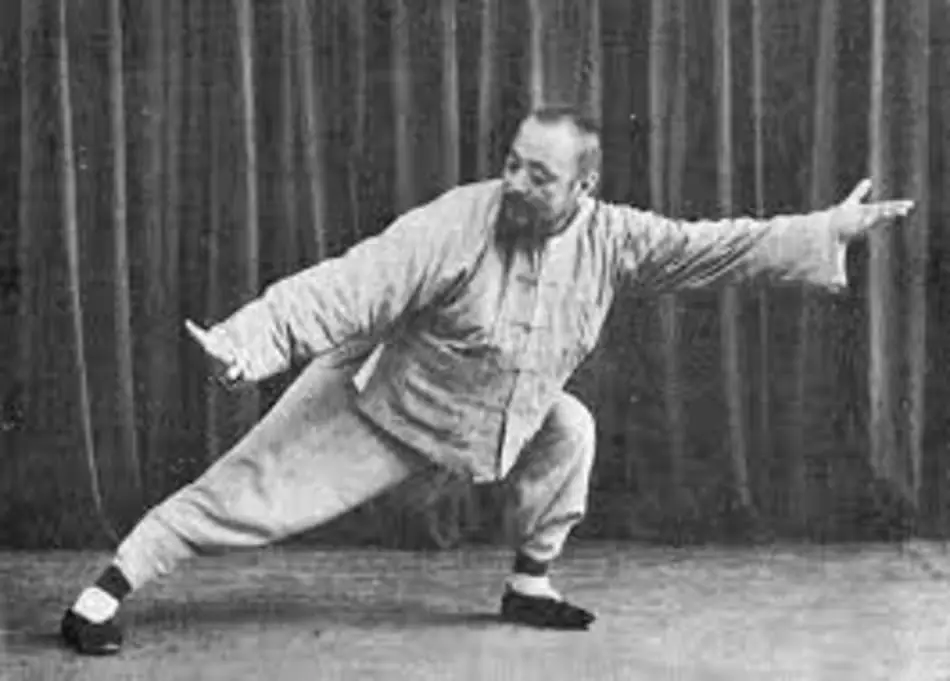
Tai Chi’s journey began in ancient China, evolving from a martial art into a practice focusing on health and spirituality. Originating in the 16th century, it was deeply influenced by Taoist and Confucian philosophy, embodying the principles of yin and yang. This history is not just a tale of physical evolution but also a reflection of its cultural embedding. Tai Chi became a symbol of harmony and balance, integral to Chinese culture. Its evolution from a self-defense technique to a health-oriented practice mirrors society’s changing needs and philosophies, highlighting its adaptability and enduring relevance.
The cultural significance of Tai Chi extends beyond its health benefits. It is a living tradition, a cultural thread that connects modern practitioners to ancient wisdom. In China, Tai Chi is not merely an exercise but a medium for cultural expression and community bonding. Practiced in parks and community centers, it brings people of all ages together, fostering a sense of unity and belonging. This communal aspect of Tai Chi transcends physical health, contributing to its standing as a cultural treasure, revered not only for its health benefits but also for its role in preserving and promoting Chinese heritage.
Physical Health Benefits
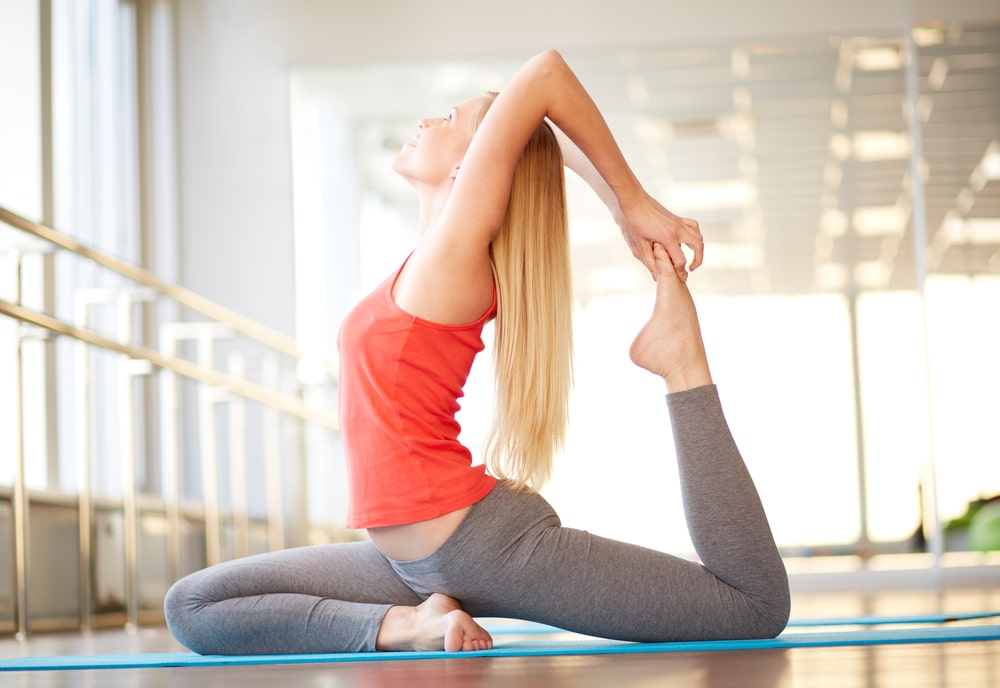
Tai Chi’s gentle, flowing movements make it an ideal exercise for enhancing physical balance and coordination. This aspect is particularly beneficial for the elderly, significantly reducing the risk of falls, a major concern in this demographic. Studies have shown that regular Tai Chi practice improves proprioception, the sense of spatial orientation of the body, which naturally declines with age. The slow, deliberate movements require a concentration that strengthens the mind-body connection, enhancing overall coordination and stability.
Beyond balance, Tai Chi is instrumental in improving flexibility and muscular strength. Its movements, characterized by graceful transitions and gentle stretches, enhance flexibility across various muscle groups. This is crucial for maintaining joint health and preventing muscle stiffness, common issues as one ages. Additionally, Tai Chi’s emphasis on controlled, weight-bearing movements aids in building muscular strength, albeit in a less intense manner than conventional strength training. This makes it a suitable exercise option for people of all ages and fitness levels, promoting physical health without the risk of injury associated with high-intensity workouts.
Mental Health and Emotional Well-Being

The practice of Tai Chi is as much about the mind as it is about the body. Its meditative elements, which involve deep breathing and focused attention, are key in stress reduction. The slow, rhythmic movements of Tai Chi encourage a state of mental calm and clarity, aiding in lowering stress and anxiety levels. This is underpinned by scientific research indicating that Tai Chi can reduce the production of cortisol, the body’s primary stress hormone, thereby promoting a more relaxed state of mind.
Moreover, Tai Chi’s benefits extend into the realm of enhancing mental clarity and mindfulness. The practice requires a high degree of concentration and present-moment awareness, which are fundamental aspects of mindfulness. This heightened sense of awareness helps execute the movements with precision but also aids in cultivating a deeper connection with one’s inner self. Regular practitioners often report improved mental clarity and focus, an increased sense of calm, and an overall improvement in mood, making Tai Chi a powerful tool in combating mental health issues like depression and anxiety.
Pain Management
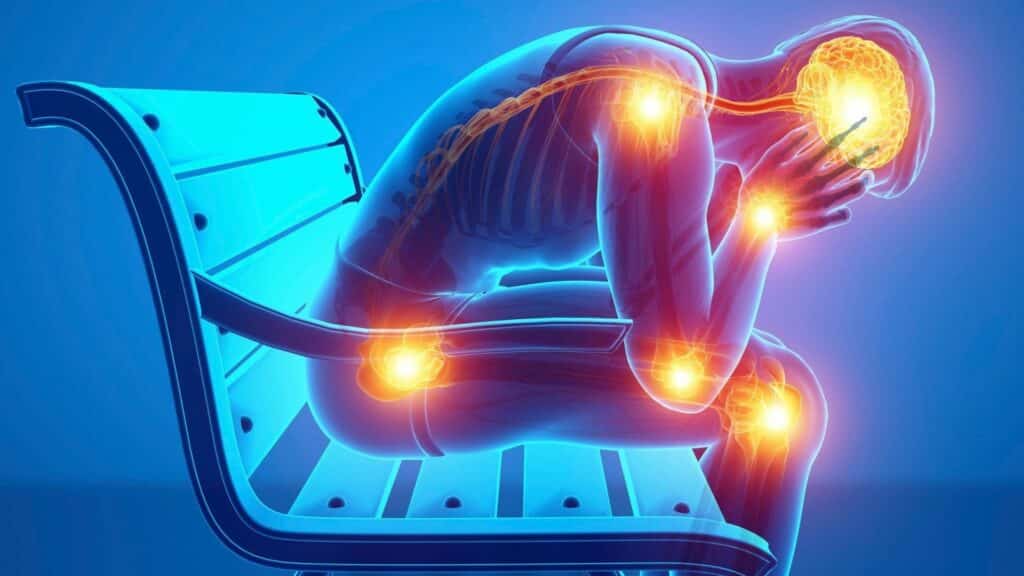
Tai Chi has emerged as a powerful tool in the management of chronic pain, offering a gentle yet effective way to alleviate discomfort. Studies focusing on conditions such as arthritis and fibromyalgia have shown that regular Tai Chi practice can lead to significant reductions in pain and stiffness. This is attributed to the gentle, flowing movements that enhance joint flexibility and muscular strength, thereby reducing the strain on affected areas. Moreover, Tai Chi’s focus on deep breathing and relaxation techniques further contributes to pain reduction, as it aids in lowering the body’s stress response, which can exacerbate pain sensations.
In addition to its physical benefits, Tai Chi serves as an excellent complementary therapy to conventional pain management methods. Its holistic approach addresses not only the physical aspects of pain but also the psychological and emotional factors that often accompany chronic pain conditions. By fostering a sense of mental well-being and reducing stress, Tai Chi can enhance the overall effectiveness of pain management strategies. Furthermore, its adaptability makes it suitable for individuals with varying levels of pain and mobility, ensuring that it is an accessible form of therapy for many who suffer from chronic pain.
Tai Chi For The Elderly
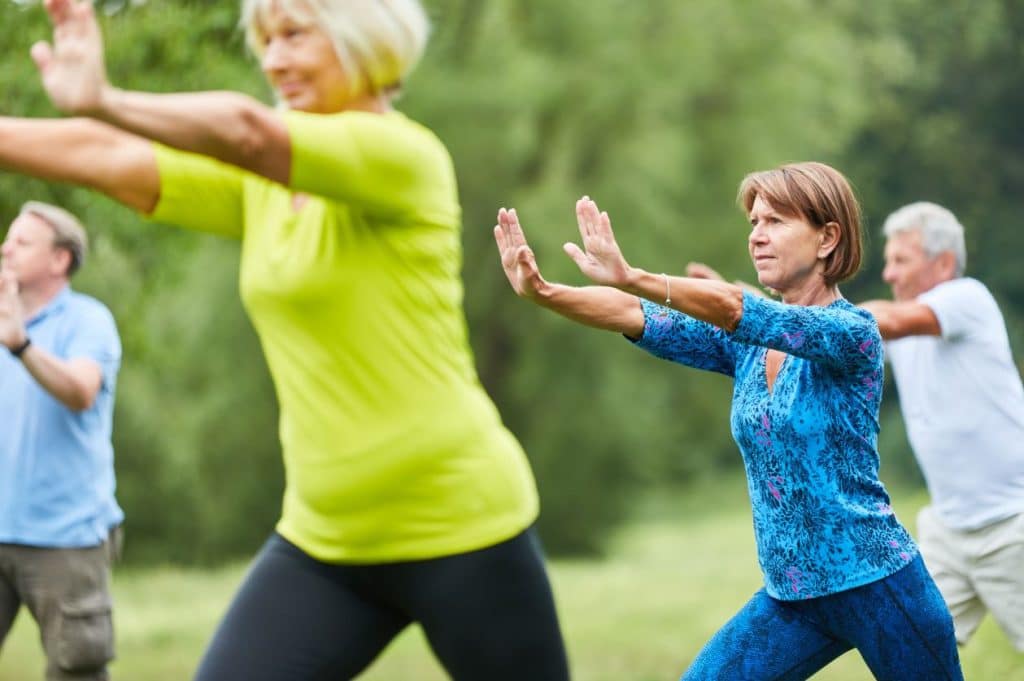
Tai Chi is particularly beneficial for the elderly, not only for its physical advantages but also for its cognitive benefits. As the brain ages, it’s common for cognitive functions to decline; however, Tai Chi can help in maintaining and even improving cognitive abilities. The practice’s combination of physical movement, mental concentration, and breathing techniques enhances neurological health. This is especially important for older adults, as it can help in delaying or mitigating the effects of cognitive impairments, such as dementia. Additionally, the meditative aspect of Tai Chi aids in improving memory and attention span, further contributing to overall cognitive health.
The social aspect of Tai Chi is another significant benefit for older adults. Participating in Tai Chi classes offers a sense of community and belonging, which is crucial for emotional health and well-being in later years. It provides an opportunity for social interaction, reducing feelings of loneliness and isolation that are prevalent among the elderly. Moreover, Tai Chi classes can be easily modified to cater to the physical abilities of seniors, making it an inclusive practice. Whether practiced in a community center, park, or even a retirement home, Tai Chi fosters a sense of inclusivity and community among its practitioners.
Tai Chi In The Modern Lifestyle
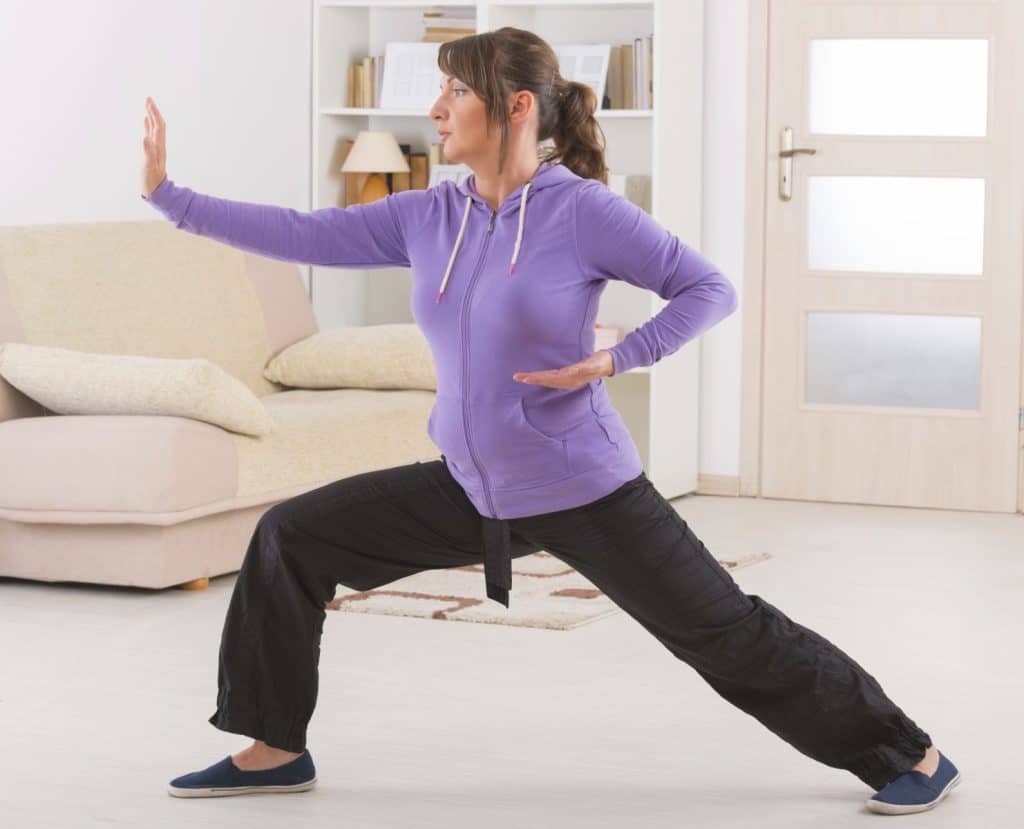
Incorporating Tai Chi into a modern lifestyle offers a much-needed respite from the fast-paced and often stressful routines. Despite being an ancient practice, Tai Chi fits seamlessly into contemporary life, providing a quick and accessible way to improve health and reduce stress. With routines that can vary from a few minutes to an hour, Tai Chi offers flexibility that is ideal for busy schedules. Its low-impact nature also means it can be practiced almost anywhere, from parks to living rooms, making it a convenient option for those looking to integrate mindful exercise into their daily routine.
The accessibility of Tai Chi has been further enhanced with the advent of digital technology. Online classes and instructional videos have made it easier than ever to learn and practice Tai Chi, regardless of geographical or physical constraints. This digital accessibility opens doors for a wider audience, allowing those who may not have access to in-person classes to still reap the benefits of this ancient art. Furthermore, the variety of Tai Chi forms available caters to different interests and physical capabilities, ensuring that there is a style suitable for everyone, thus integrating effortlessly into the diverse needs of modern living.
Comparison With Other Forms of Exercise
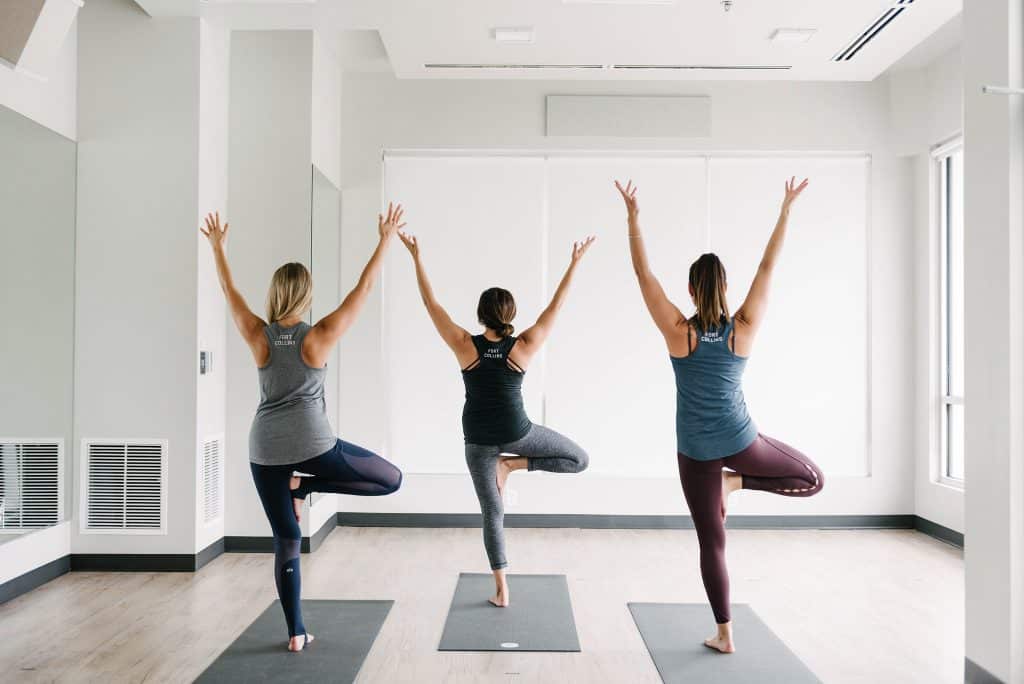
Tai Chi, while unique in its approach, shares some similarities and differences with other popular forms of exercise like yoga and Pilates. Like yoga, Tai Chi emphasizes slow movements, breathing, and meditation, making both practices excellent for stress reduction and mental clarity. However, Tai Chi’s movements are typically more fluid and continuous, focusing more on the flow of energy, or ‘qi’, throughout the body. Pilates, on the other hand, shares with Tai Chi the focus on core strength and flexibility but differs in its more dynamic and strength-based approach.
Choosing between Tai Chi and other forms of exercise often depends on individual preferences and health goals. For those seeking a gentle, low-impact option that combines physical activity with mental and emotional benefits, Tai Chi might be the ideal choice. It’s particularly well-suited for individuals who may find the more strenuous positions of yoga or the muscle-building focus of Pilates challenging. Moreover, Tai Chi can be a complementary practice to these other forms, providing a balanced approach to physical and mental well-being demonstrating its versatility and adaptability to various fitness regimes.
Challenges And Misconceptions
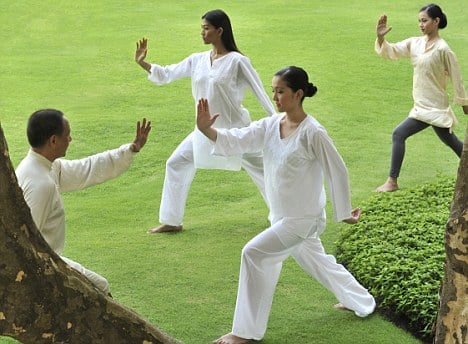
Despite its growing popularity, Tai Chi faces its share of challenges and misconceptions. One common misconception is that Tai Chi is only suitable for older adults or those seeking a less intense form of exercise. This notion overlooks Tai Chi’s comprehensive benefits for people of all ages and fitness levels, including improved flexibility, balance, and mental clarity. Another challenge is the perception of Tai Chi as merely a slow and easy exercise, disregarding its depth and the skill required to master its techniques. These misconceptions can deter people from exploring Tai Chi, thereby missing out on its holistic benefits.
Another significant challenge in practicing Tai Chi is the barrier of accessibility and motivation. While Tai Chi is relatively low-cost and requires minimal equipment, finding a qualified instructor or a suitable class can be a hurdle in some areas. Furthermore, as with any exercise regimen, maintaining the motivation to practice regularly can be difficult, especially for beginners who may not yet have experienced its benefits. Overcoming these barriers requires increased awareness about the ease of incorporating Tai Chi into daily life and the short- and long-term health benefits it offers. Clearing up these misconceptions and providing more accessible learning resources could significantly increase Tai Chi’s popularity and practice worldwide.
Explore The Harmony Of Tai Chi
Delving into the world of Tai Chi opens up a realm where physical health harmonizes with mental tranquility. This ancient practice, adaptable and accessible, offers invaluable benefits for everyone, regardless of age or fitness level. Tai Chi is more than just an exercise; it’s a journey towards a balanced, healthier lifestyle. So, take this opportunity to explore Tai Chi. Whether in a local park, a community center, or through an online class, start your journey today and embrace the harmonious balance that Tai Chi brings to life.